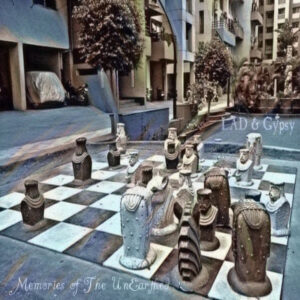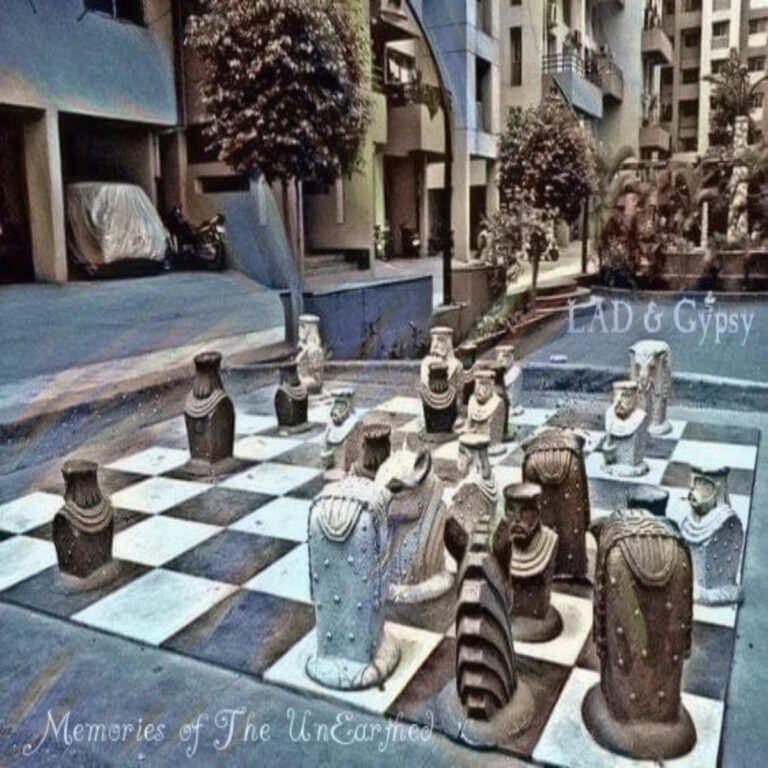Here’s another lo-fi, 4-track indie jam record brought to you courtesy of Albuquerque, New Mexico—a place where the one thing that the carpetbagging bloggers of the long-gone Duke City Fix got right was this: It’s quirky. That said, this record—a compilation of recordings made by the artist between 1993 and 2010—begins with an epic solo rock guitar session that might come off as irritable at first, but will soon win your heart over with its bizarre yet beautiful tonality. That tonality breaks into a anxiously syncopated rock fiesta called “earl grey hot.” It’s followed by 15 tunes that will absolutely slaughter your sense of space and time whilst delivering some of the catchiest yet totally outside-the-box pop plums a listener could hope for in a not so ideal but ultimately quirky like Burque world. The work on this album varies from wildly out of step to casually and fantastically formal. Get on this record now, local listeners. After all, who doesn’t want a tune like “benjamin’s broken-hearted mess” or “ghosts” stuck in their brain forever and ever? It’s completely possible to get lost in this record, and it will keep you awake too, veering from sentimentally quiet to gorgeously gritty as each track proceeds. Favorite track: “nutrition facts.”
LAD & Gypsy Memories of The UnEarthed (Self-released)
Melissa Alexander and Ladd Doane have put together a recording of spoken word and darkly ambient music to create an aural environment, a series of soundscapes, really, that seem to explore the dream world with a patience and a prescience that certainly deserves a listen—even if that sound sesh takes place at the bottom of an empty swimming pool in a foreboding mansion found deep in a forest made from memories and the rhythms of nighttime wing-beats. While the record never becomes cacophonous, the constant whispering and emphasis on long notes rumbling in the seeming distance suggest an underlying chaos that may inevitably rise to conquer us all. Tracks like “Cobblestones and Decay” suggest geographic, urban mystery, while “Song of the Night Bird” seems to carve a path through the stark landscapes created by Alexander and Doane. This is a recorded work that should be approached as a unitary thing; the names of each track therefore become part of an overall description of a particular experience or set of circumstances in a reality that must otherwise remain occluded. Need proof? Just listen to the final track, “Flight of the Desert Bird” to get an idea where these two are going.



